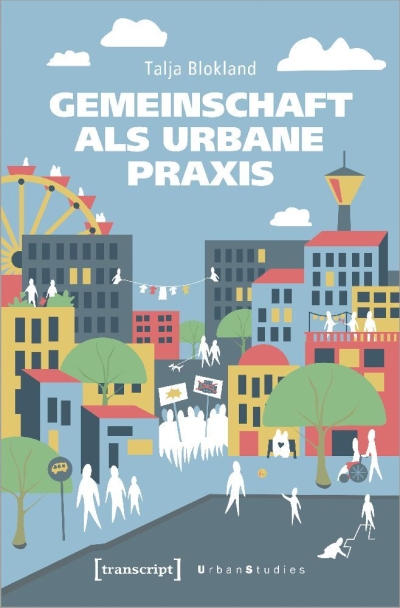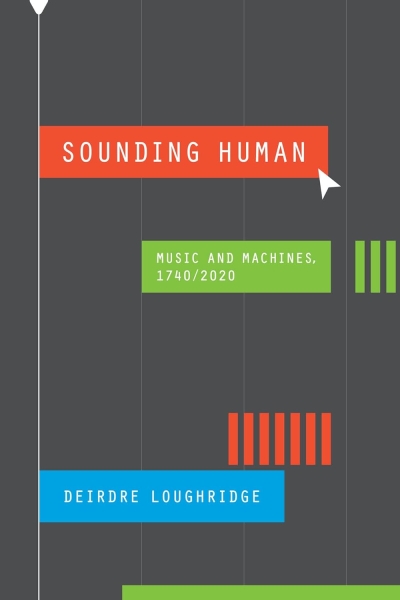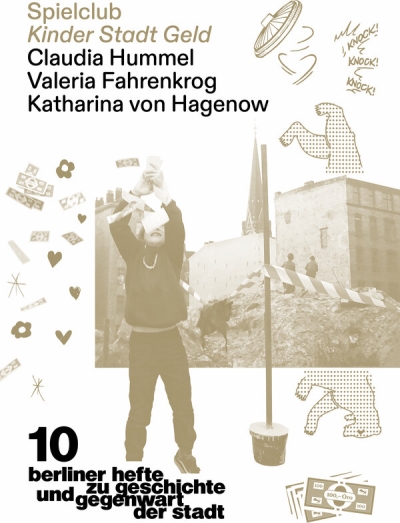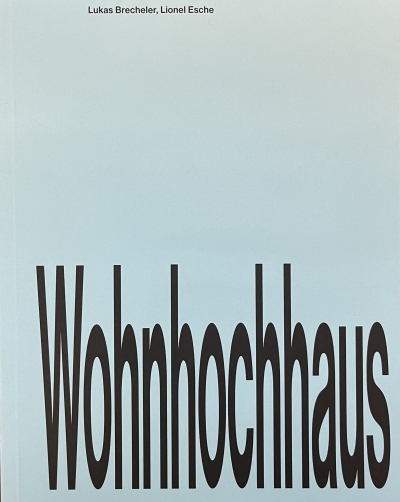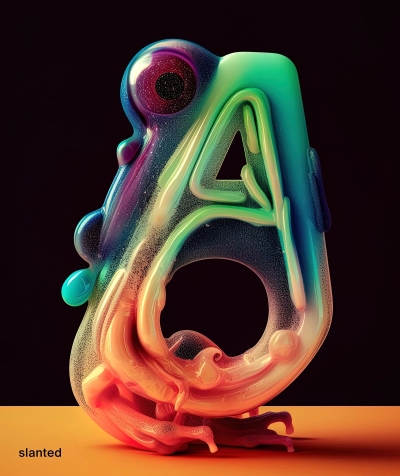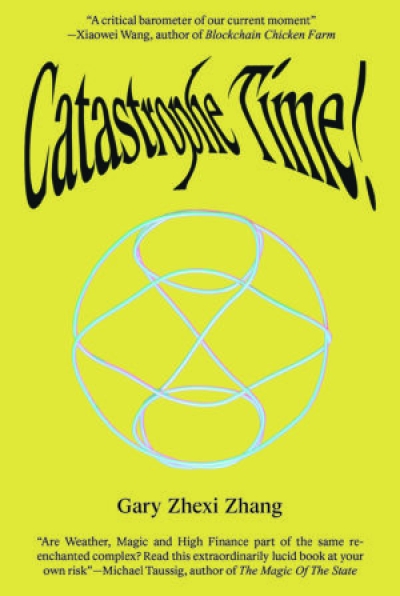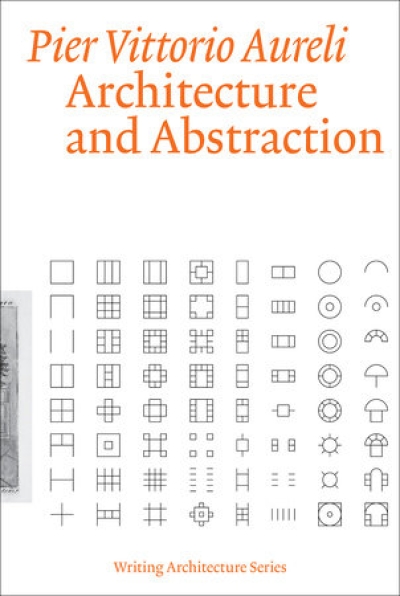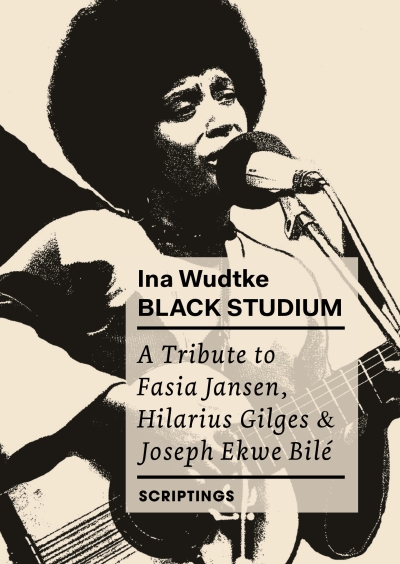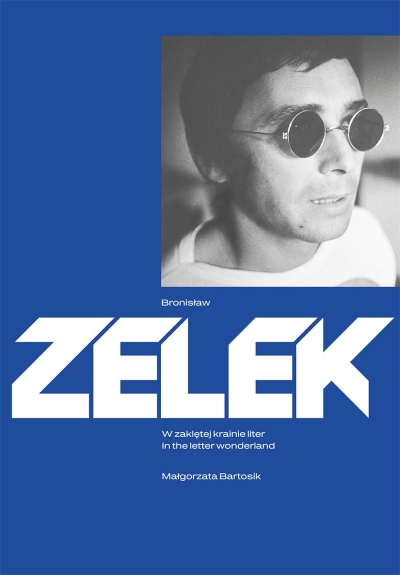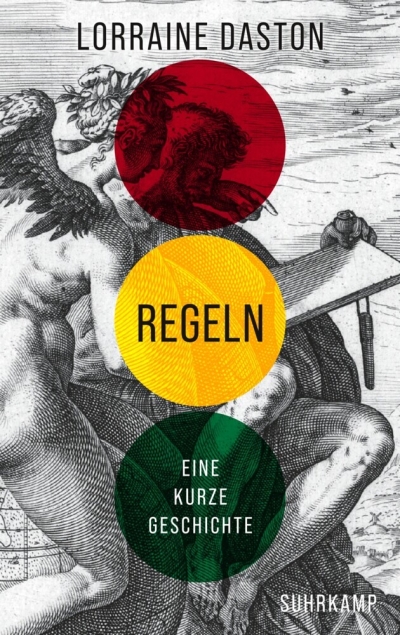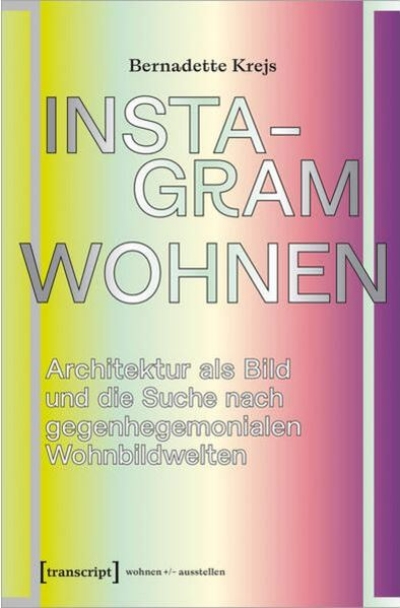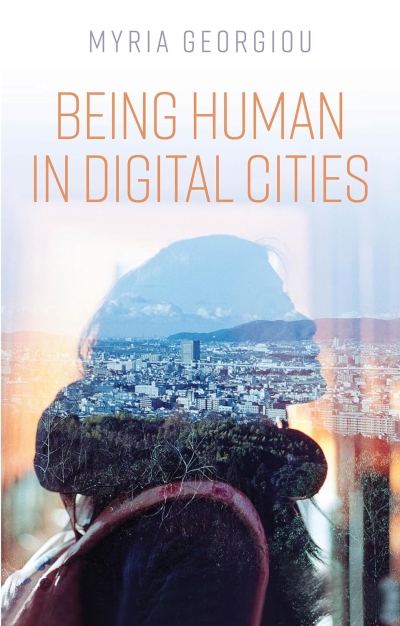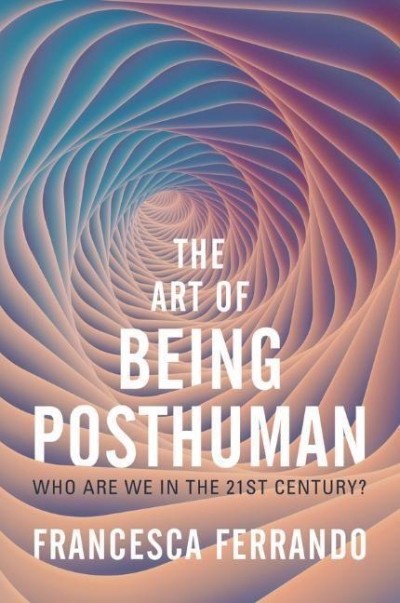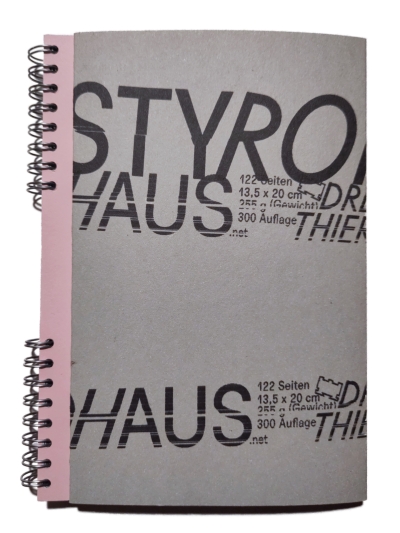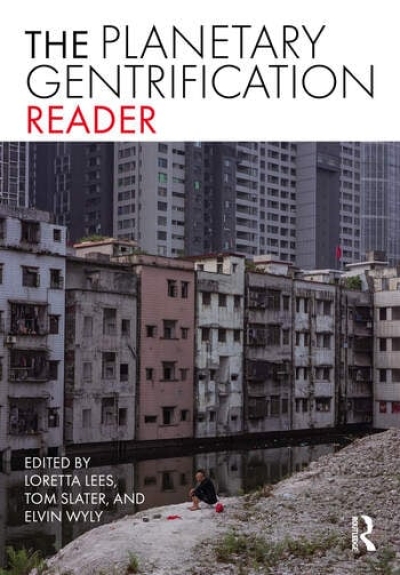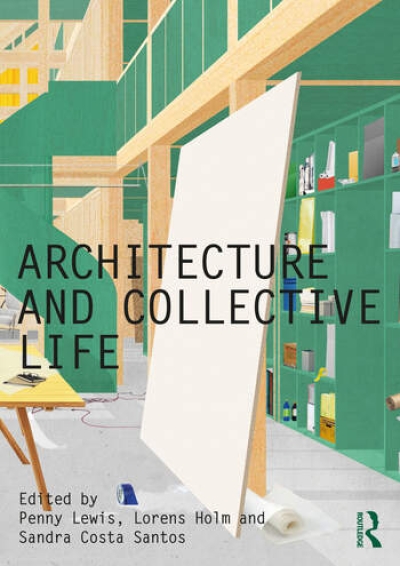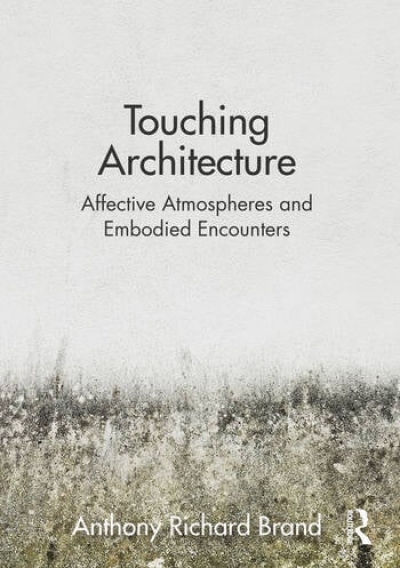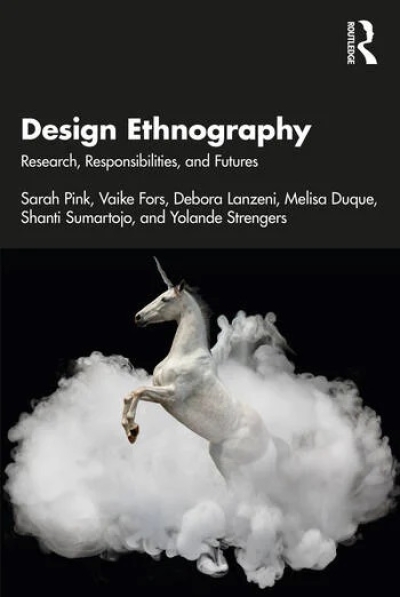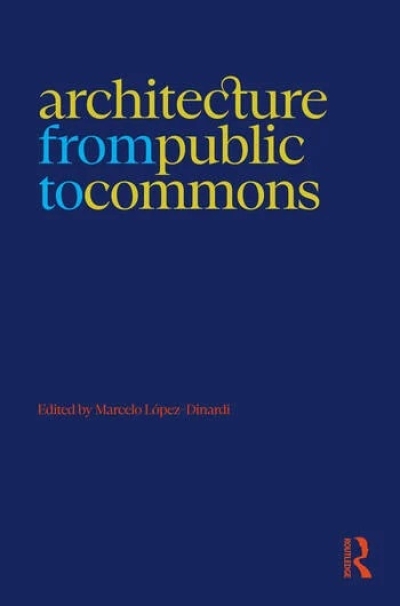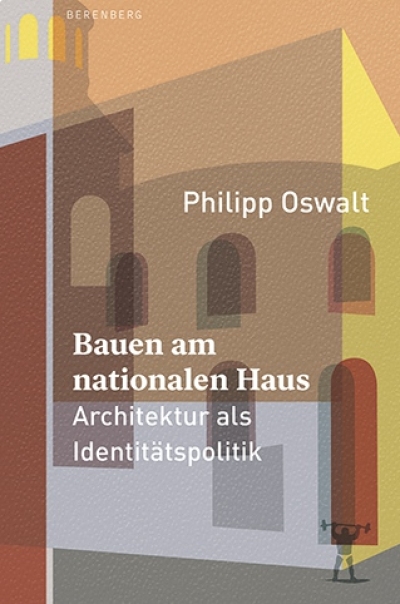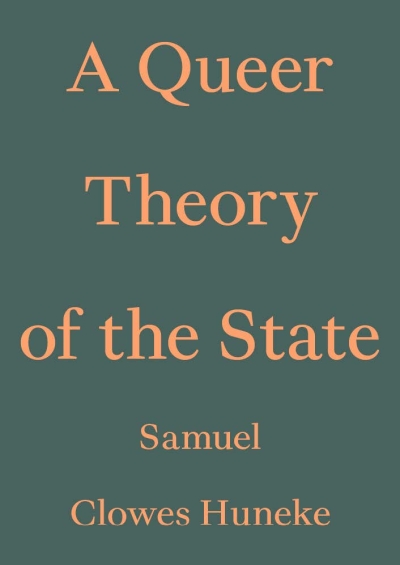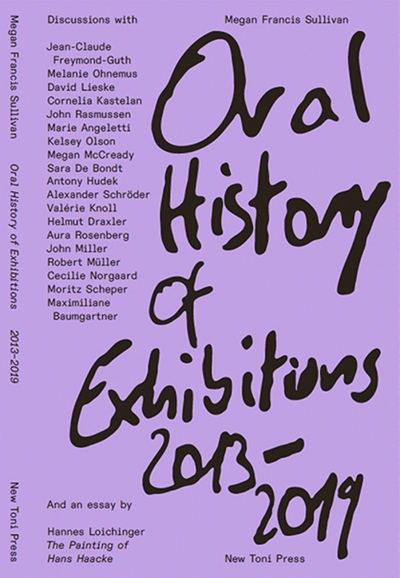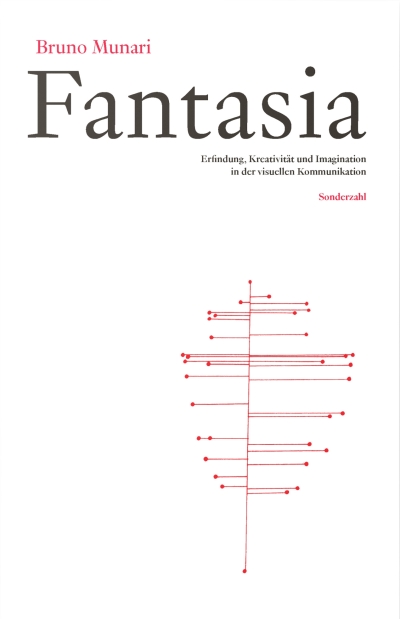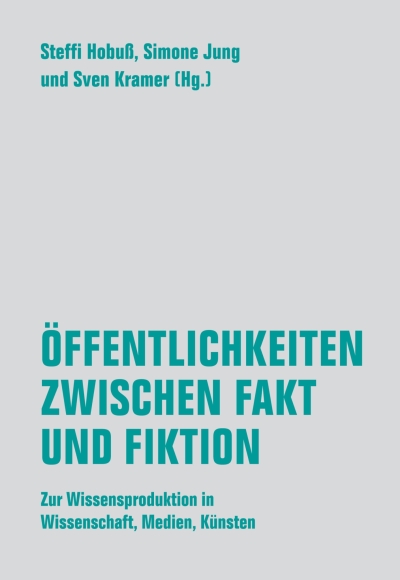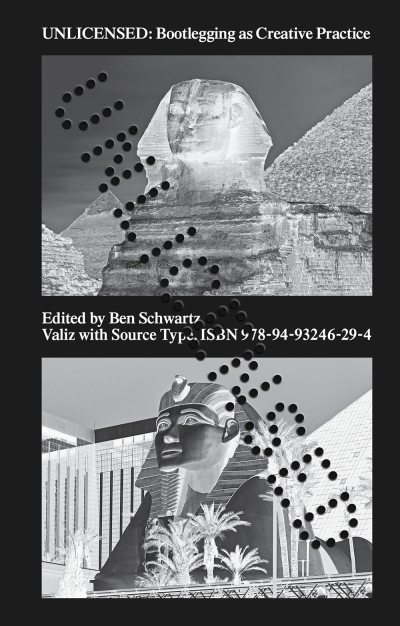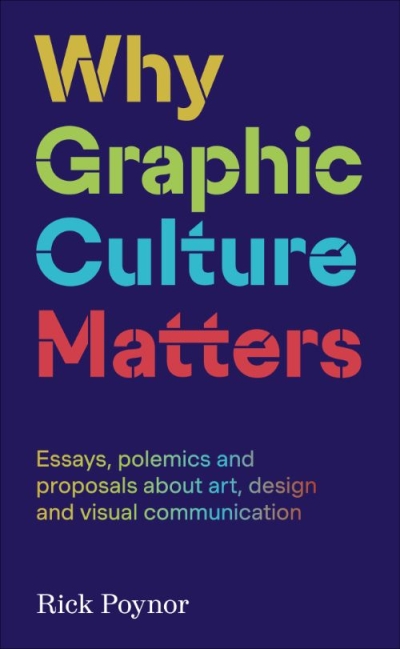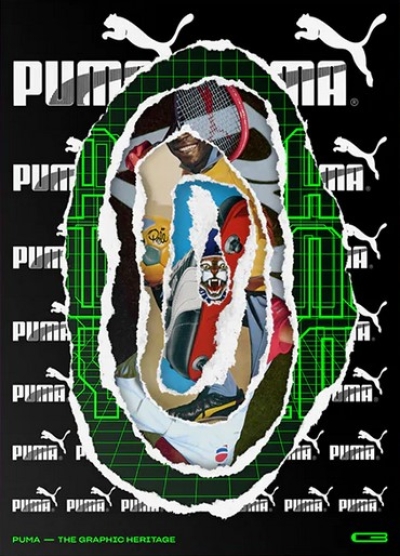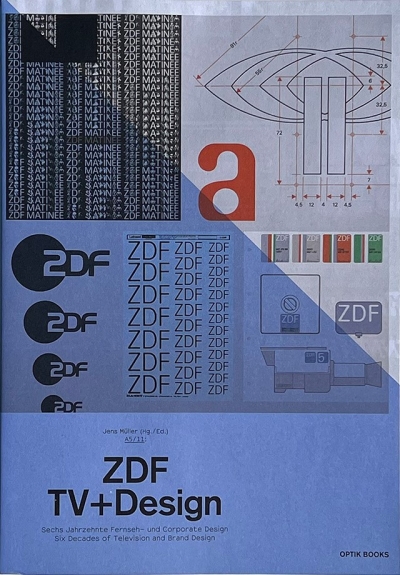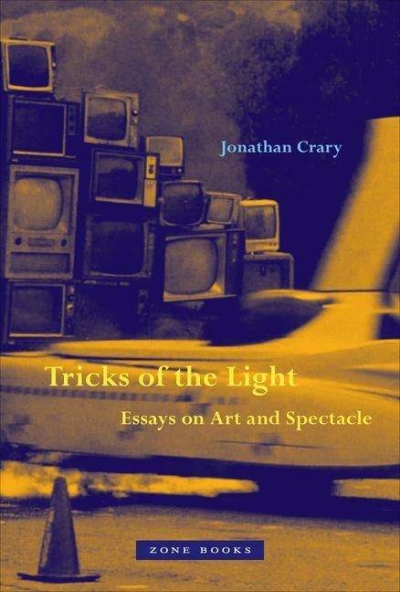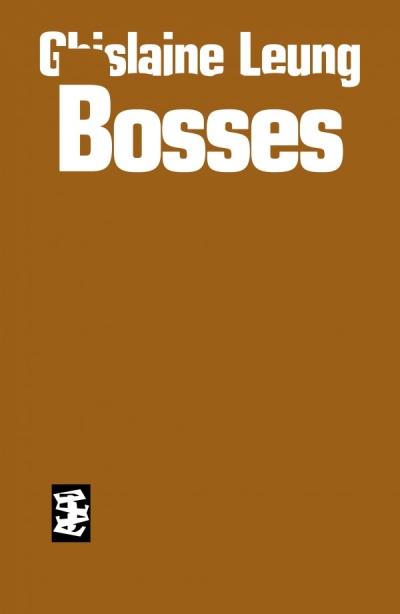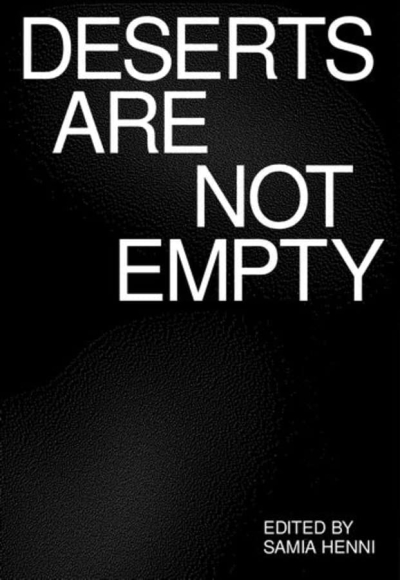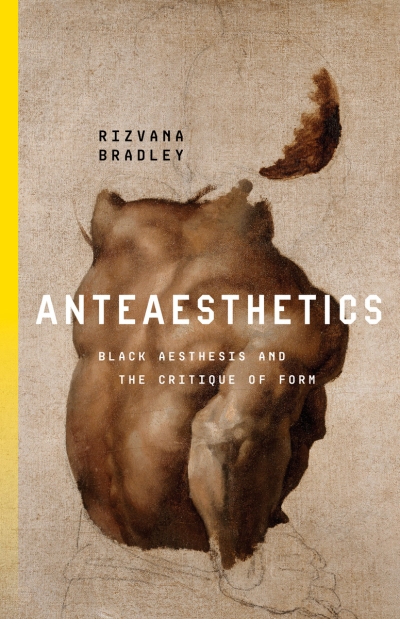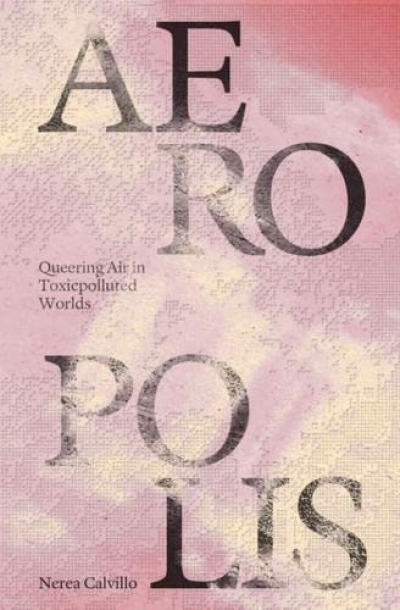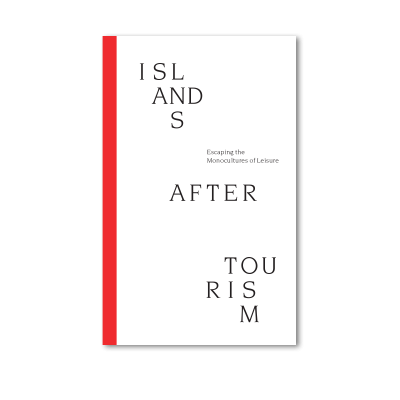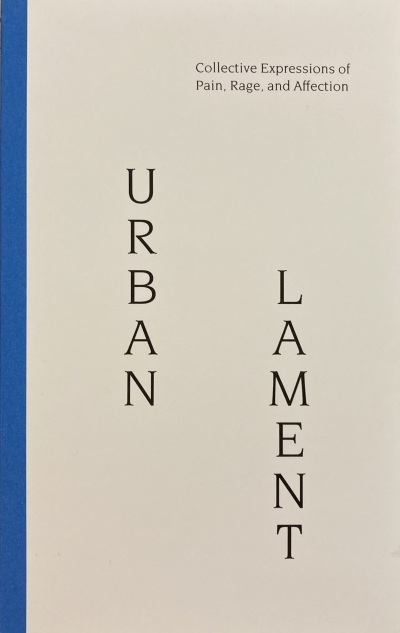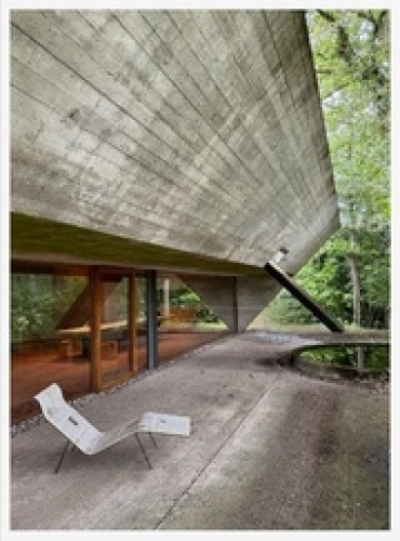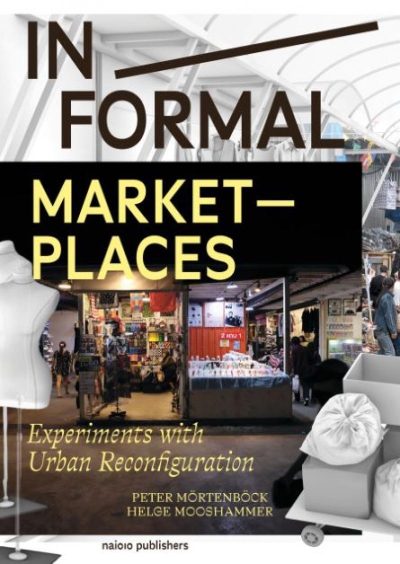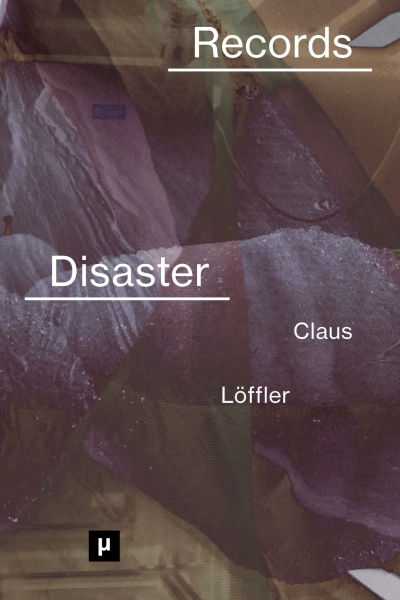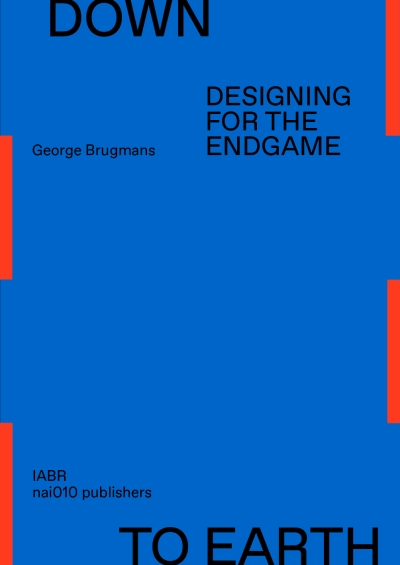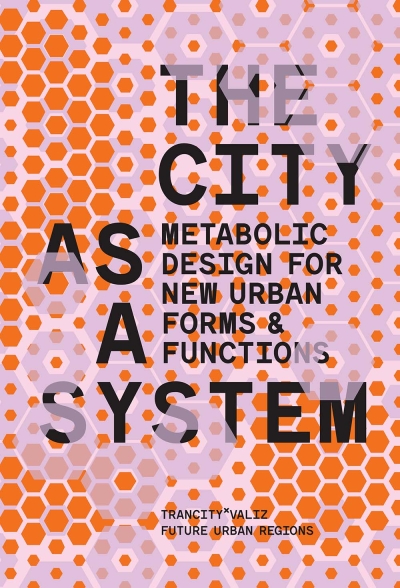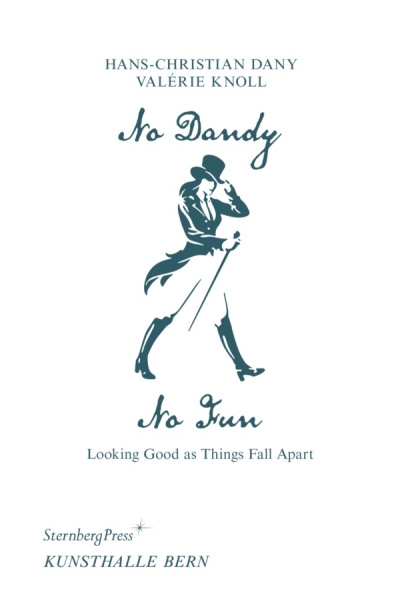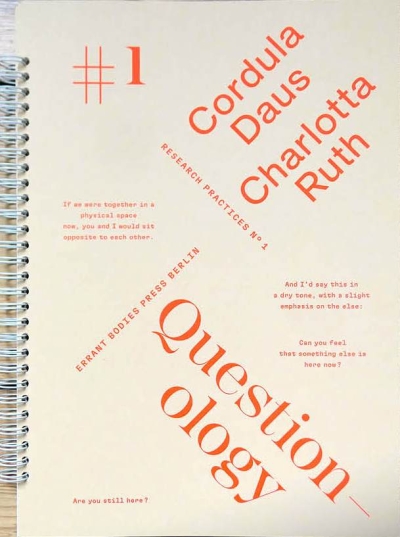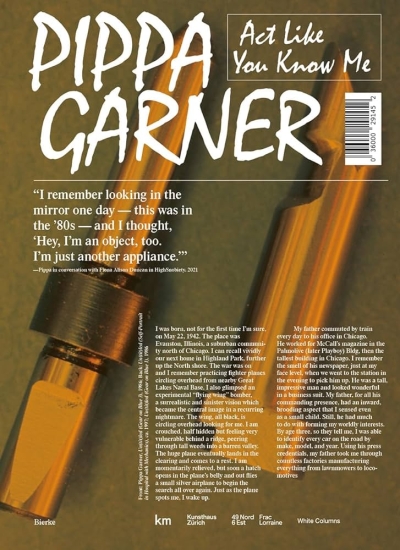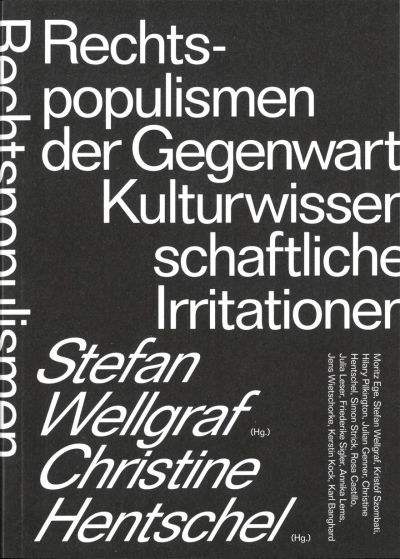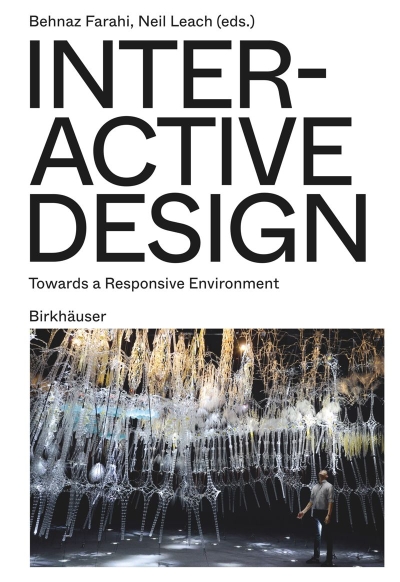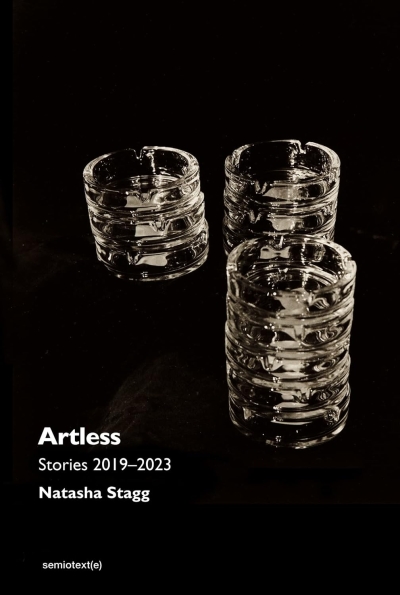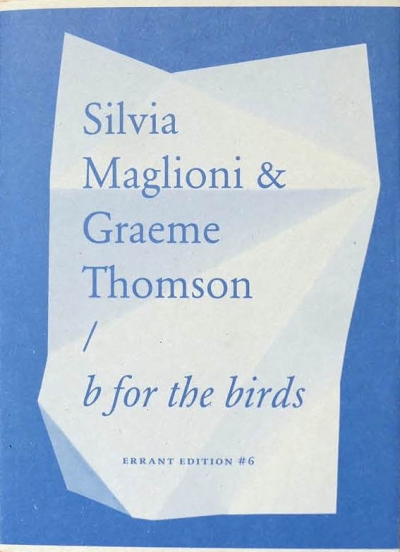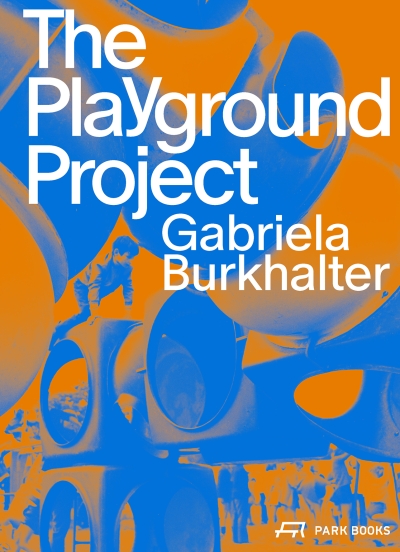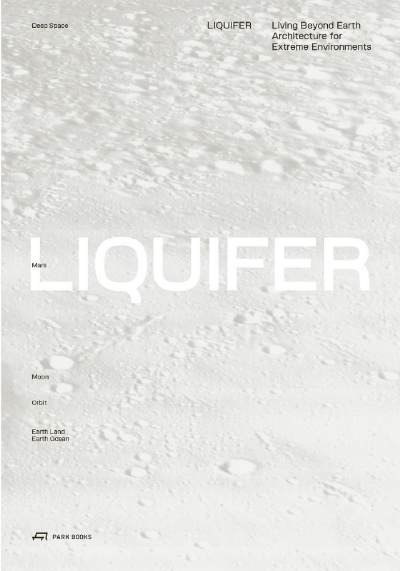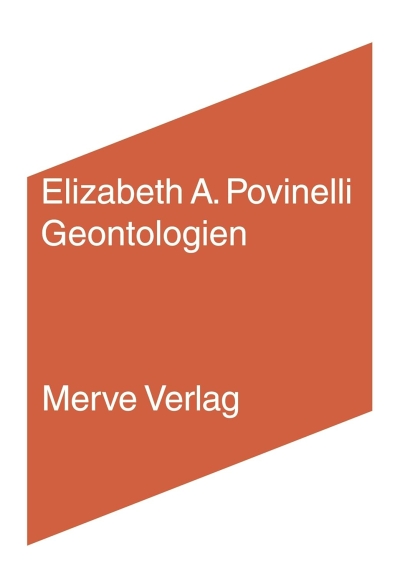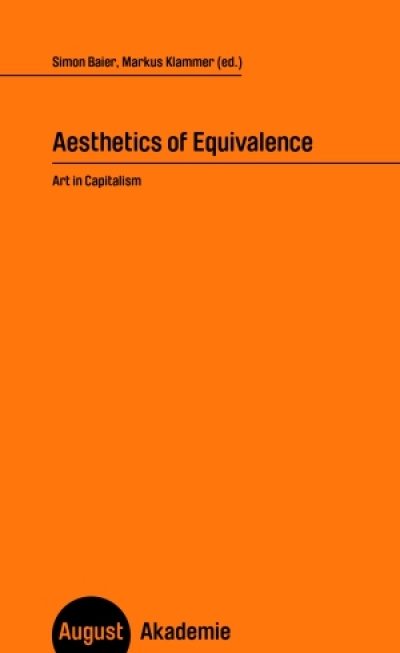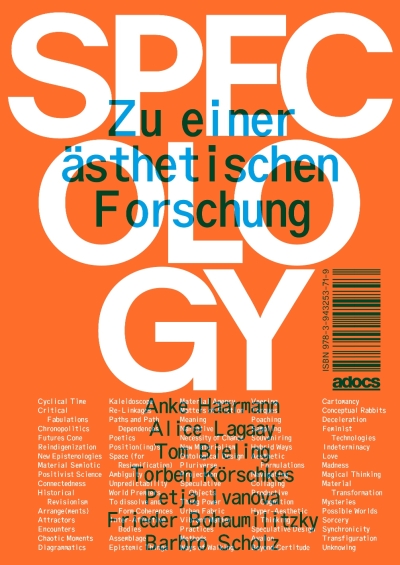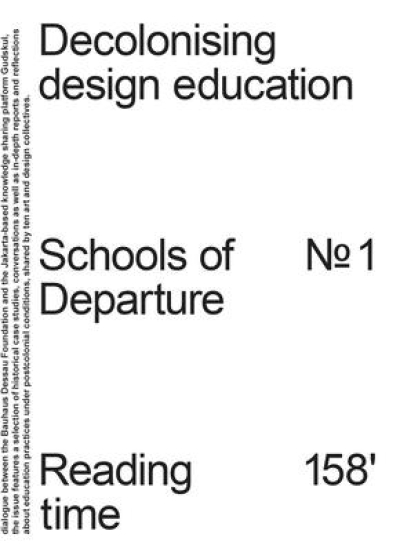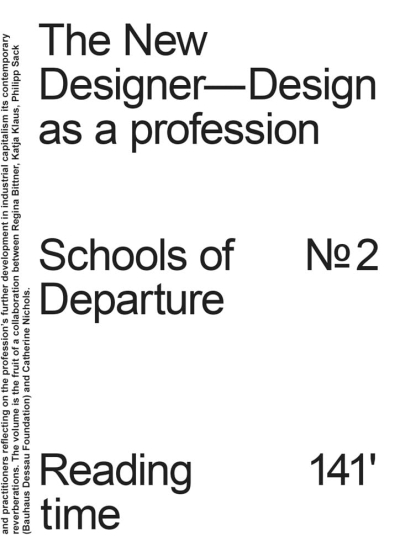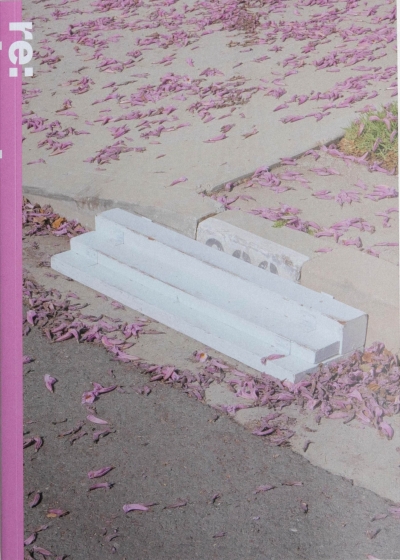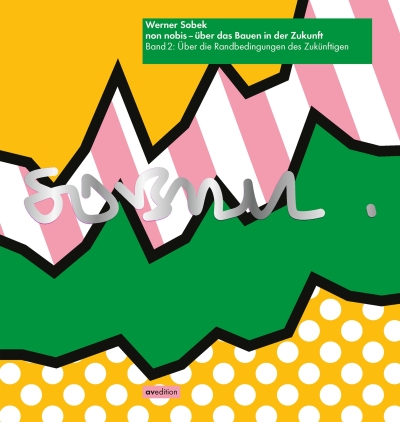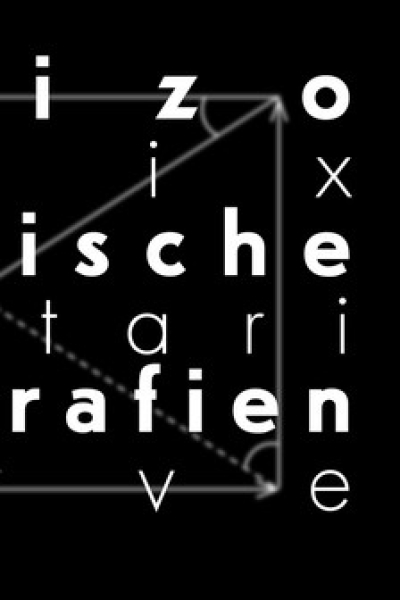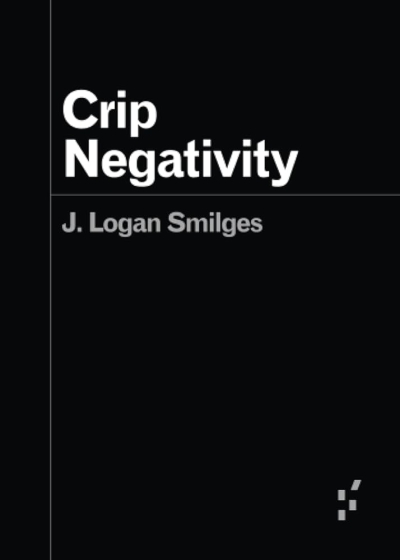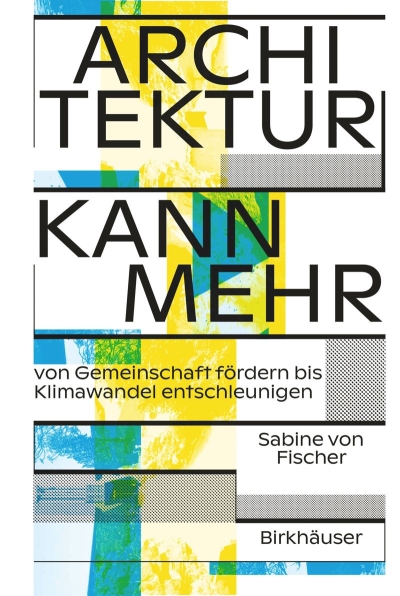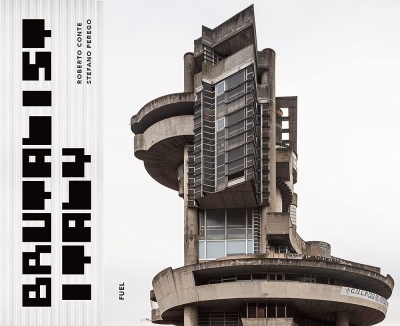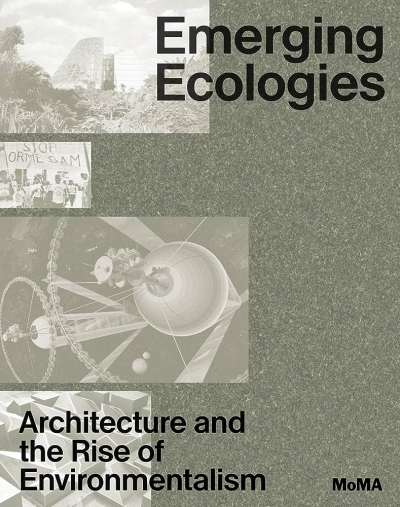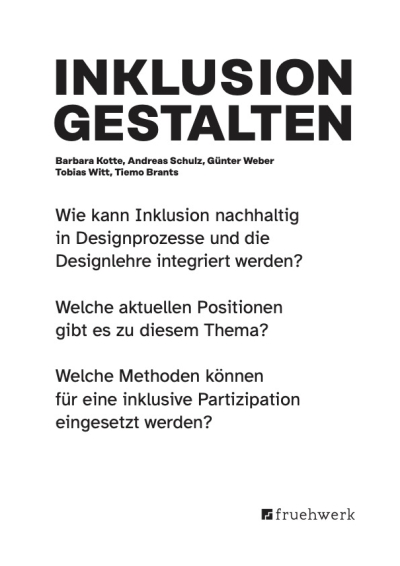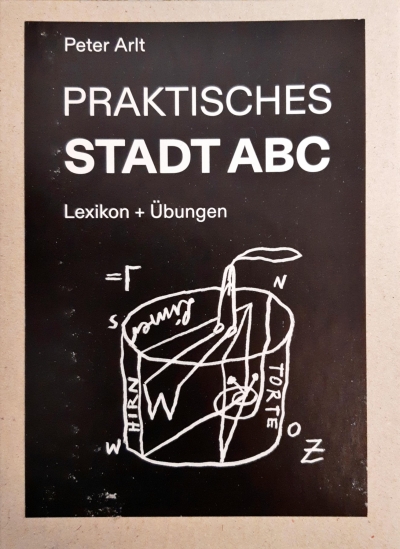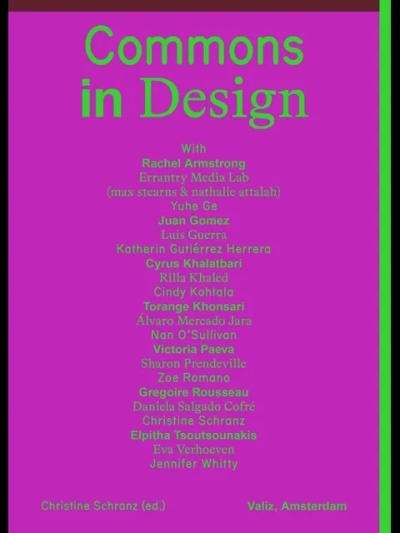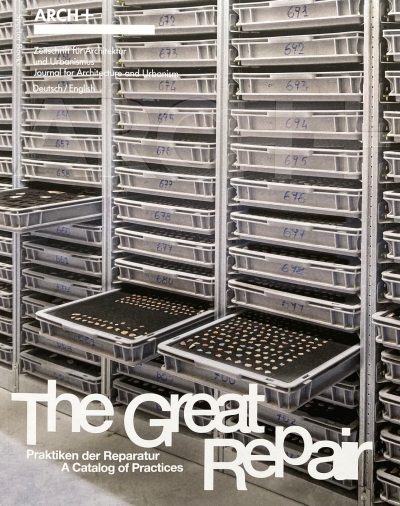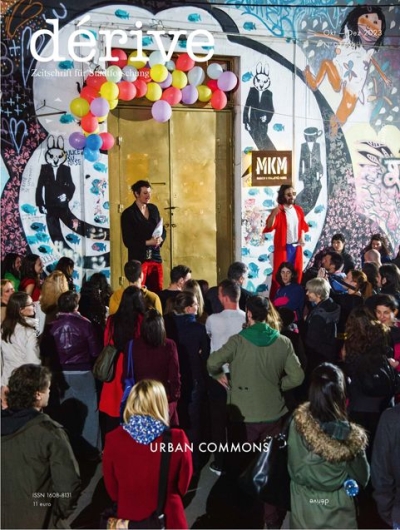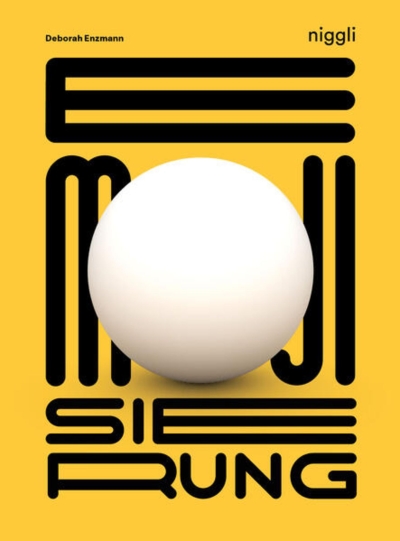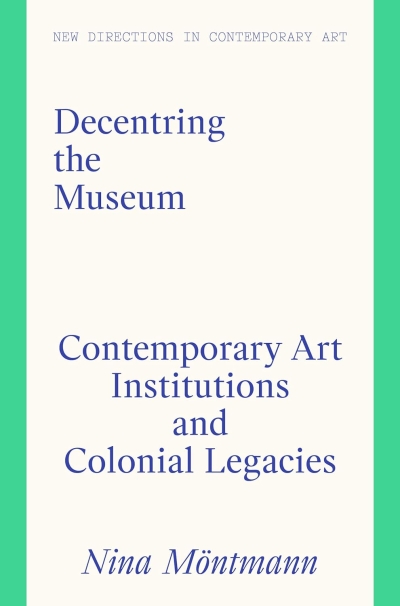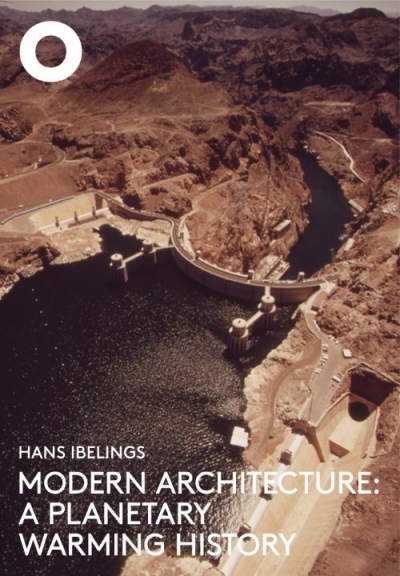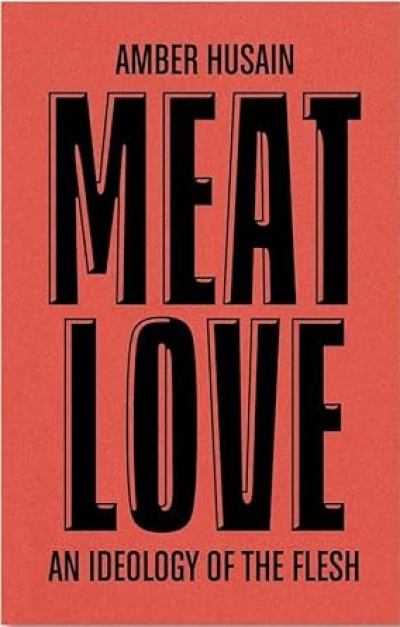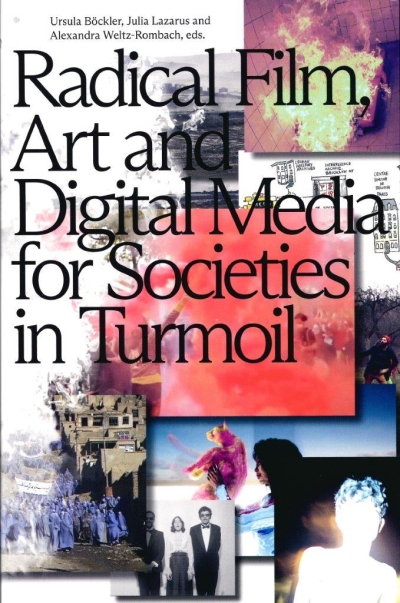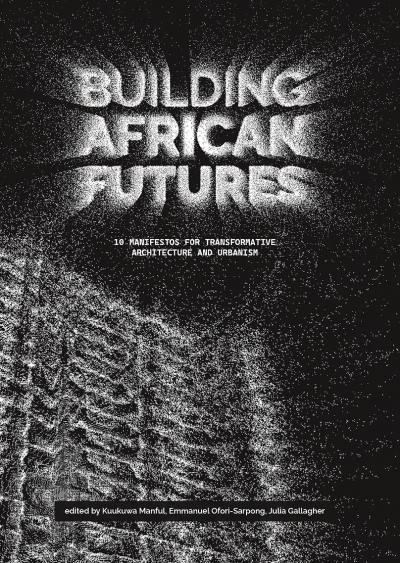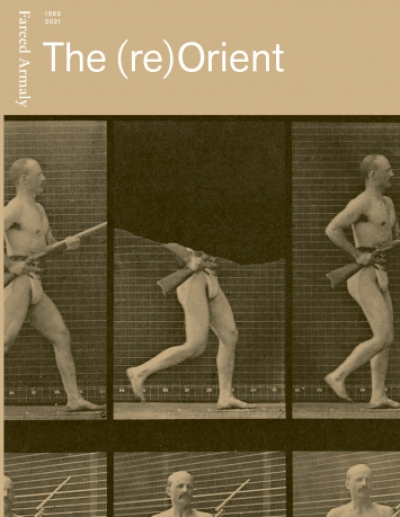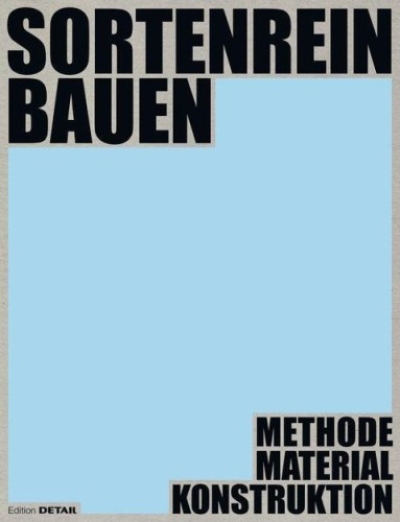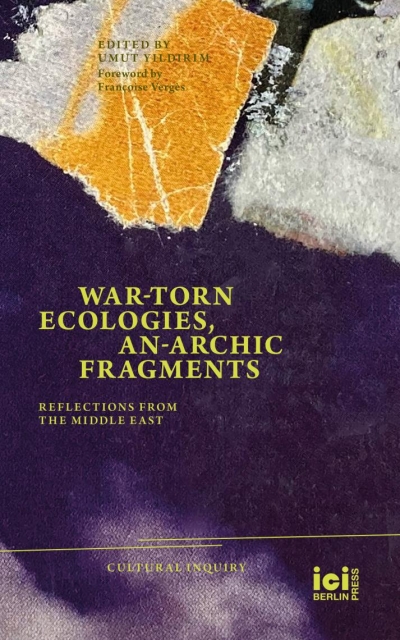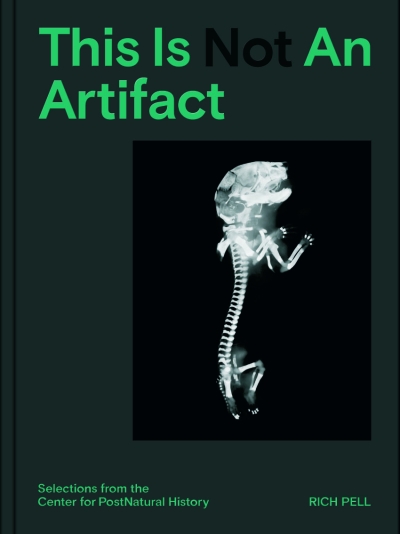
Konstantin Melnikov und sein Haus (Konstantin Melnikov and his House)
Konstantin Melnikov (1890–1974) ist zweifellos eine der herausragenden Gestalten in der Architektur des 20. Jahrhunderts – dies ungeachtet der Tatsache, daß er früh verstummte, ein nur wenig umfangreiches, nur unzureichend publiziertes Werk hinterließ, das fast ausschließlich auf Moskau beschränkt blieb, die Stadt, in der er zur Welt kam, in der er nahezu sein gesamtes Leben verbrachte und die ihm wenig Dank entgegenbrachte. Aufgewachsen in ärmlichen Verhältnissen, doch hervorragend ausgebildet, erlebte er nach dem Ende der Wirren in der Folge von Krieg, Revolution und Bürgerkrieg ab Mitte der 1920er Jahre einen fast kometenhaften Aufstieg und setzte sich mit seinen jeglichem Dogmatismus fremden, ganz eigenständigen und durch und durch künstlerisch aufgefaßten Bauten an die Spitze der jungen sowjetischen Architektur. Rascher noch als sein Aufstieg vollzog sich sein Fall: Von allen Sei-ten angefeindet, konnte er sich, als Stalin um die Mitte der 1930er Jahre den baukünstlerischen Spekulationen und Experimenten ein Ende bereitete, nicht gegen den Vorwurf des Formalismus wehren, wurde aus dem Architektenverband ausgeschlossen und für die restliche Zeit seines Lebens mit einem Berufsverbot belegt. In den späten 1920er Jahren, auf der Höhe seines Ruhms, hatte er die Möglichkeit, für sich und seine Familie in Moskau ein Haus zu bauen, das er dann bis zum Ende seines Lebens bewohnen konnte. Dieses Haus, eine denkwürdige Symbiose aus fast bäu- erlicher Einfachheit und äußerster Radikalität, gehört zu den beein- druckendsten, überraschendsten und wohl auch enigmatischsten Werken, die die Architektur des 20. Jahrhunderts hervorgebracht hat. Seine Simplizität ist eine nur scheinbare; in Wirklichkeit handelt es sich um ein hochkomplexes Werk, das die Elemente der Archi-tektur in explizite und unauflösbare Beziehung zueinander setzt, das eine klare und ganz eigenständige Position bezieht und das wie we-nig anderes die Frage aufwirft, wie es wohl mit einem genuin archi-tektonischen Denken bestellt sein könnte. Das Buch versucht, in essayistischer Form die Pfade, die im Werk angelegt sind, aus der Perspektive des Architekten zu verfolgen. Fritz Barth studierte Architektur in Stuttgart und Zürich. Er betreibt ein Architekturbüro in Fellbach bei Stuttgart, unterrichtet an der TU Darmstadt und ist Verfasser einer Reihe von Büchern, darunter einer Studie zur Ikonographie italienischer Gärten des 16. Jahrhunderts (Die Villa Lante in Bagnaia, 2001), einer Monographie über den böhmischen Barockbaumeister Johann Santini-Aichel (Santini, 2004) und einer Untersuchung über die Festungsbauten von Francesco di Giorgio Martini (Zeichen des Wehrhaften. Festungsbauten von Fran-cesco di Giorgio Martini, 2011).
Also on stock:
English Version:
Konstantin Melnikov and his House
978-3-936681-90-1
Konstantin Melnikov (1890–1974) is unquestionably one of the outstanding architects of the 20th century – in spite of the fact that he fell silent early, leaving behind only limited work that was insufficiently publicized, and restricted almost exclusively to Moscow, the city of his birth in which he spent nearly his entire life and which did not appreciate him. He was raised in humble circumstances, but enjoyed an excellent education. Beginning in the mid-1920s, after the turmoil that followed the war, revolution and civil war, his career soared at almost meteoric speed as he took the lead in the young Soviet architecture movement with completely autonomous, highly artistic buildings that were free from dogmatism of any kind. Even more rapid than his rise to fame was his downfall: Treated with general hostility, he was unable to defend himself against the accusation of formalism when Stalin put an end to architectural ventures and experiments around the mid-1930s. He was expelled from the architects' association and was banned from practicing as an architect for the remaining four decades of his life. In the late 1920s, at the peak of his career, he had the opportunity to build a house for himself and his family in Moscow, in which he was then able to live until the end of his life. This house, a memorable symbiosis of almost peasantlike simplicity and extreme radicalness, is one of the most impressive, surprising and probably most enigmatic works produced by 20th-century architecture. Its simplicity is only outward; in reality this is a highly complex work which links together the elements of architecture explicitly and inextricably, which takes a clear and completely autonomous stand and which, in a way that little else has done, raises the question as to the nature of genuinely architectonic thinking. In essayistic form the book attempts to follow the paths laid out in the architect’s work from the perspective of an architect. Fritz Barth studied architecture in Stuttgart and Zurich. He runs an architect’s practice in Fellbach near Stuttgart, teaches at the TU Darmstadt and is the author of a series of books, including a study on the iconography of 16th-century Italian gardens (Die Villa Lante in Bagnaia, 2001), a monograph about the Bohemian Baroque master builder Johann Santini-Aichel (Santini, 2004) and a study of the fortifications of Francesco di Giorgio Martini (Martial Signifiers. Fortress Complexes by Francesco di Giorgio Martini, 2011).
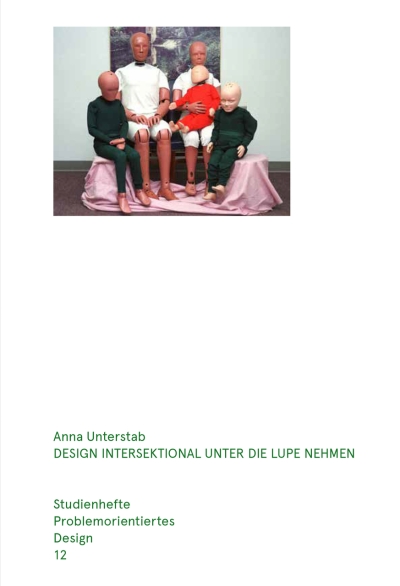
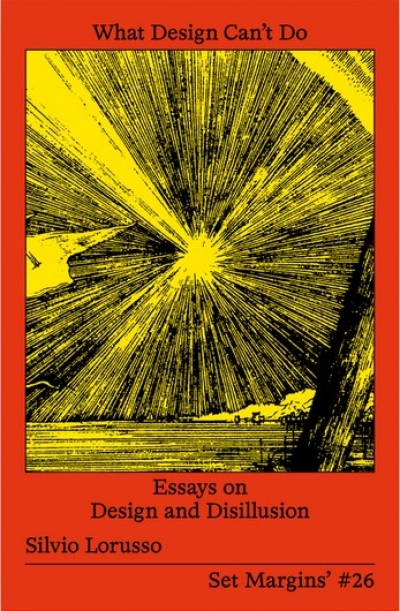
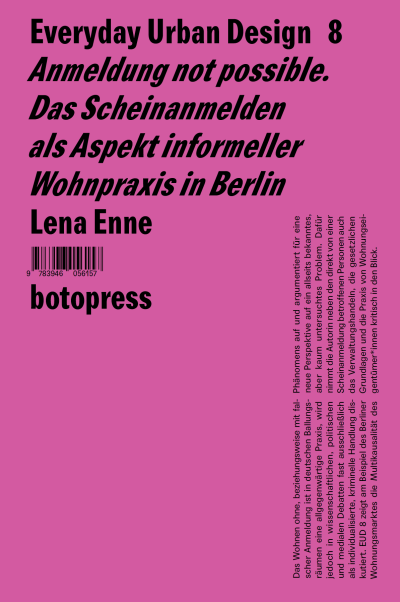
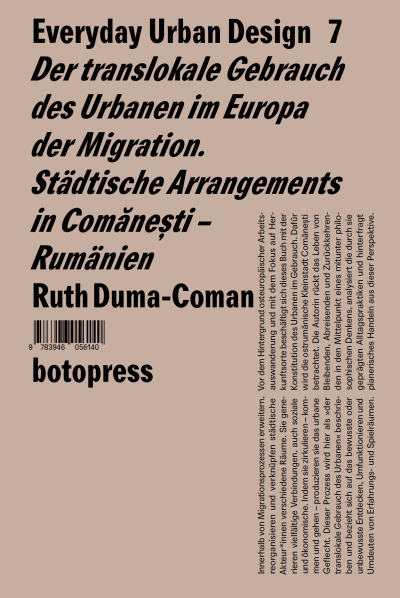
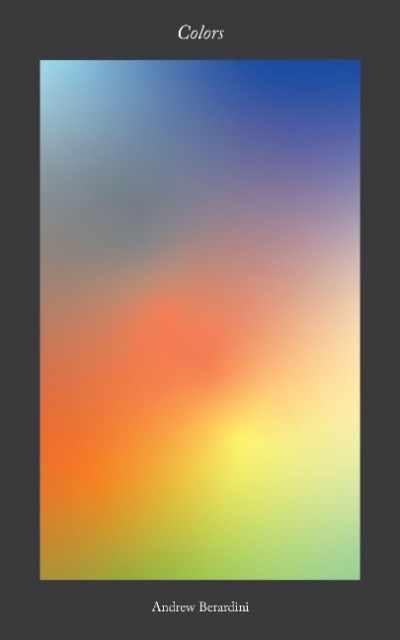
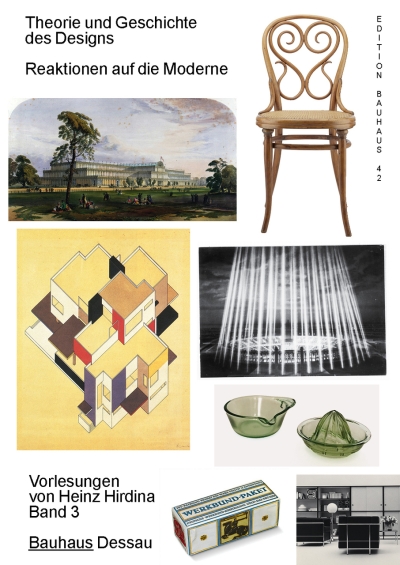

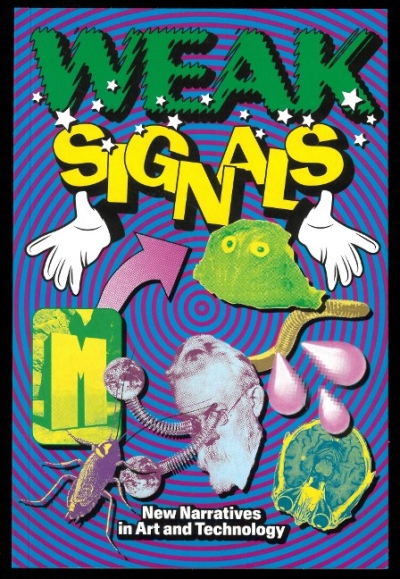
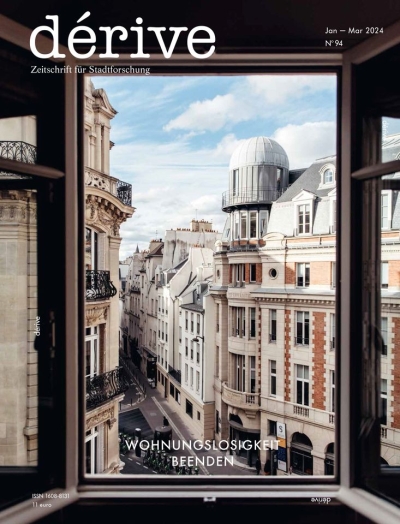
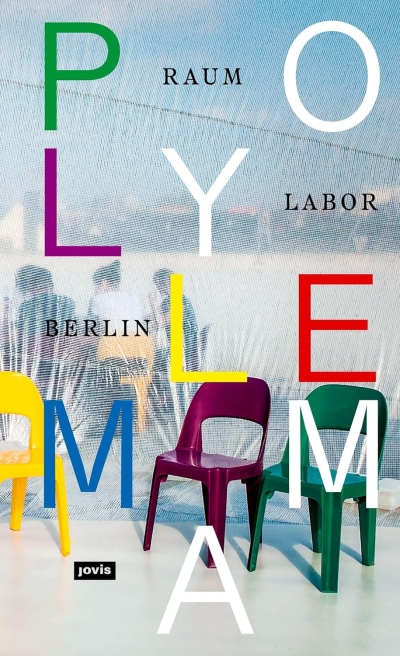
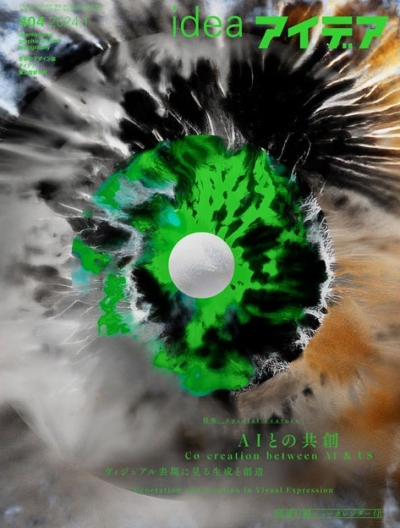
![Attending [to] Futures Cover](/sites/default/files/styles/400/public/media/coverbilder/9667928300001A.jpg?itok=rApLfGZY)
